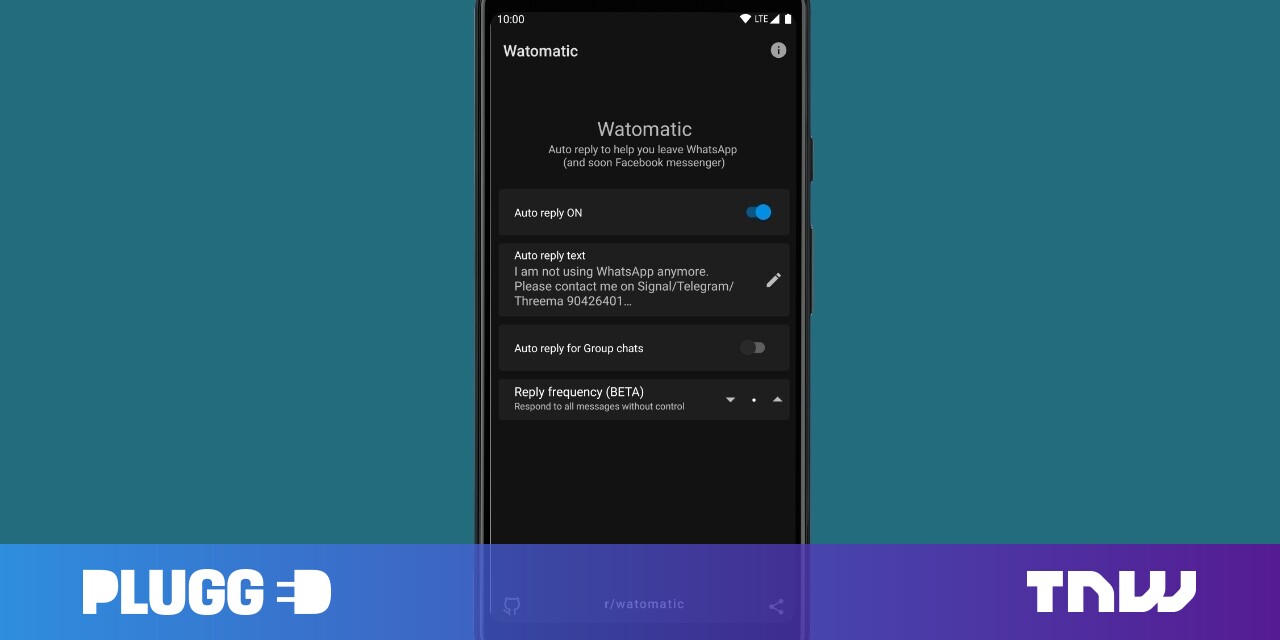#How to build a custom GPT to redefine keyword research

Table of Contents
Merge AI efficiency with SEO mastery. Create a custom GPT for unique data analysis, uncovering valuable keyword opportunities.
This article covers the benefits of custom GPTs and provides a step-by-step guide to building your own “Striking Distance Keyword Opportunity Analyzer” – a GPT specifically designed to identify high-potential keyword opportunities that align with your website’s existing rankings.
From plugins to custom GPTs
The arrival of GPT-4, available in ChatGPT Plus, ushered in a new era with the introduction of plugins. These add-ons extended the functionalities of the already robust language model, integrating it with third-party tools.
This integration allowed ChatGPT to perform previously unachievable tasks, such as syncing with Google Sheets for extensive keyword data analysis or using Noteable for data manipulation in shared databases.
However, ChatGPT plugins had their limitations. They offered one-size-fits-all approaches that often struggled to handle the intricacies of specific niches and complex SEO activities.
With the sunsetting of ChatGPT’s plugins, custom GPTs took center stage. Unlike plugins, GPTs are standalone AI models, each designed from the ground up to meet specific requirements. These models are not just about extending functionality; they create unique solutions finely tuned to the tasks at hand.
Imagine having a dedicated SEO GPT that can understand industry jargon and best practices while leveraging built-in features like DALL-E image generation or Advanced Data Analysis to consume and analyze large data sets. This level of customization unlocks a whole new realm of possibilities in SEO workflows.


Building your competitive edge: Why SEOs need custom GPTs
Pre-built GPTs can be both impressive and powerful. The GPT library is filled with GPTs built by SEOs and designed to handle complex initiatives like keyword ideation and analysis, content brief creation, on-page analysis and more. But here’s the secret sauce: SEO isn’t just about automation; it’s an art form honed by your unique approach.
That’s where custom GPTs come in. Imagine having an AI partner specifically designed to understand your SEO philosophy. You’ve poured years into crafting your niche expertise; now, a custom GPT can leverage that knowledge. It becomes an extension of your strategic thinking, analyzing data through the lens of your unique approach to SEO.
This isn’t about replacing your expertise; it’s about amplifying it. Custom GPTs become tireless assistants, automating mundane tasks and freeing you to focus on the strategic nuances that make you a standout SEO.
Dig deeper: 9 of the best custom GPTs for SEO in the GPT store
From theory to practice: Building a real-world GPT
Imagine a custom GPT specifically designed to identify high-potential keyword opportunities within striking distance of your website’s rankings.
This “striking distance” keyword opportunity analyzer would be a powerful tool, saving you time and effort in uncovering hidden SEO gems. Better yet, you can build this tool based on your unique approach to SEO and you don’t need to be a programmer to do it.
Here’s a glimpse into how we might build this custom GPT using ChatGPT’s conversational GPT builder. This innovative platform takes the complexity out of custom GPT development. ChatGPT’s builder has a user-friendly interface that feels more like a conversation than coding.
You simply interact with the platform, providing clear instructions and training data and the builder guides you through the process step-by-step.
This intuitive approach makes building custom GPTs accessible to SEO professionals of all technical backgrounds, allowing you to harness the power of AI regardless of your coding experience.
1. Identifying the goal: Setting your sights
We begin by clearly defining the GPT’s purpose. In this case, we want it to analyze your website’s existing keyword rankings and identify keywords where you’re already ranking on the second or third page of search results (striking distance).
These keywords represent low-hanging fruit with the potential to drive significant traffic by boosting rankings to the top of the SERPs with focused SEO efforts.


2. Naming and appearance: A touch of personality
Next, we choose a name that reflects the GPT’s function – Striking Distance Keyword Opportunity Analyzer. We can even leverage DALL-E to generate a creative image visually representing this concept.
3. Training the knowledge vault: Feeding the machine
This is where our expertise comes into play. We’ll provide the GPT with a curated set of training data, including:
Sample datasets
We’ll feed the GPT a sample Semrush ranking data export to train it on the inputs to expect and what to do with them. Define position, volume, URL and other fields the GPT will need to analyze in the uploaded datasets.
Specific SEO expertise
This is our secret sauce. What makes our GPT unique is the expertise we add to it. We’ll share our distinct approach to SEO analysis as it relates to striking distance exploration.
Make sure your training data includes:
- Your unique SEO perspective.
- How you define striking distance keywords.
- Why striking distance keywords are a good SEO opportunity.
Expected output
By providing details on the exact output we expect (e.g., .csv file, table format, specific columns), the GPT can perform the analysis as intended, delivering actionable insights from the start.
Be as detailed as possible – outline every column you want included, how the GPT should calculate or analyze data and how you want the results prioritized.
For example, if your site has 200 pages with striking distance opportunities, define how the GPT should prioritize them.
Remember, the quality and relevance of your training data are paramount. While providing enough data is important, focus on curated high-quality information that aligns with your specific SEO approach and your expected outcome.
Configuration tweaks
By default, the GPT builder does not activate Advanced Data Analysis, which is necessary for reading and analyzing .csv files.
Once you have closed your training data, click the Configure tab and select Advanced Data Analysis as a capability.
4. Refining your GPT through testing
The GPT Builder utilizes a conversational interface to build on the left side, with a test environment on the right side. This allows you to iterate on your GPT while testing.


You may need to refine your training data based on the GPT’s performance. View this as an ongoing conversation with your GPT, constantly refining its knowledge to maximize its potential as your SEO superpower. It took me 20+ iterations to get the output to match my expectations.
Also, consider comparing the GPT’s output with your own analysis. This will allow you to adjust its training data until it meets your expectations.
5. Unleashing your SEO superpower: The power of ‘like-minded’ analysis
Congratulations! You’ve built a custom-trained Striking Distance Keyword Opportunity Analyzer to reflect your unique SEO approach.
This GPT becomes your SEO partner, identifying high-potential keywords that might fly under the radar of traditional tools. It analyzes data through the lens of your expertise, saving you time and effort in uncovering hidden SEO gems.
Now, the power is in your hands. You can choose to publish your GPT to the library for all users to benefit from, keep it for yourself, or make it available to anyone who has the direct link.
Efficiency and expertise combined
Custom GPTs are powerful because they supercharge your SEO workflow, combining the efficiency of automation with the power of your unique SEO expertise.
Sure, you could recreate this analysis with a complex spreadsheet, but it would be time-consuming and error-prone. The custom GPT, however, has freed you from the tedious task of building the analysis, allowing you to focus on strategic SEO implementation.
This doesn’t replace your expertise; it amplifies it, making you a more efficient and effective SEO. Don’t fear the “robot revolution” – embrace it as a tool to empower your SEO skills and achieve greater results.
Bonus: The Striking Distance Keyword Opportunity Analyzer we built here is now live in the GPT library within ChatGPT.
Dig deeper: GPT-4 vs. Google Cloud: Performance comparison on 9 SEO tasks
If you liked the article, do not forget to share it with your friends. Follow us on Google News too, click on the star and choose us from your favorites.
If you want to read more like this article, you can visit our Technology category.




